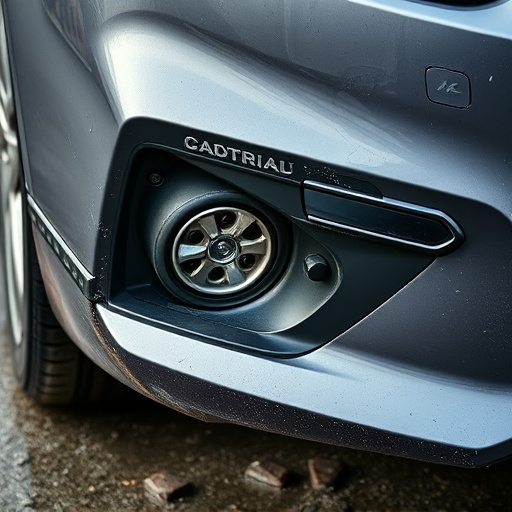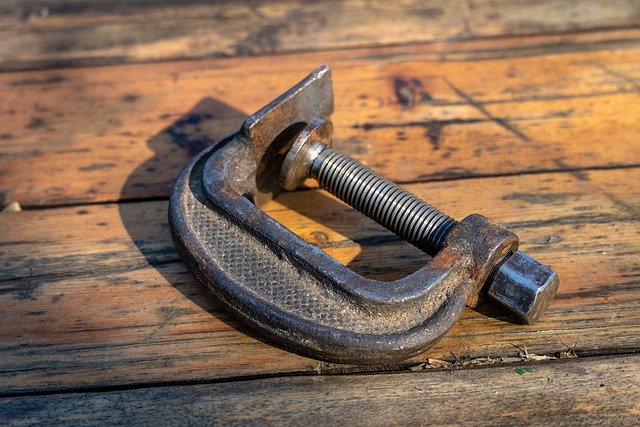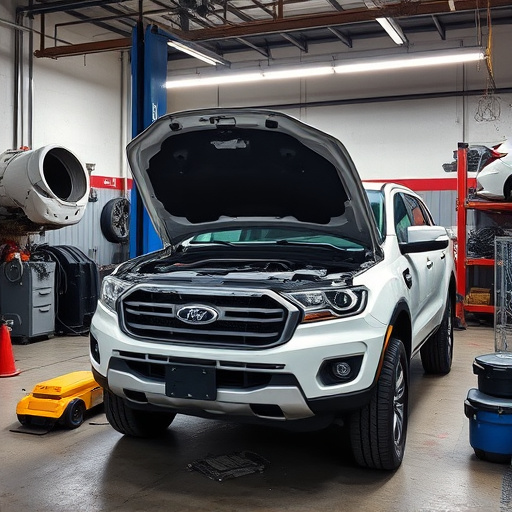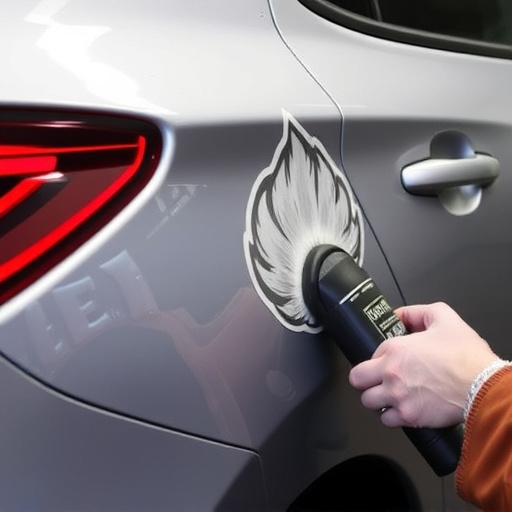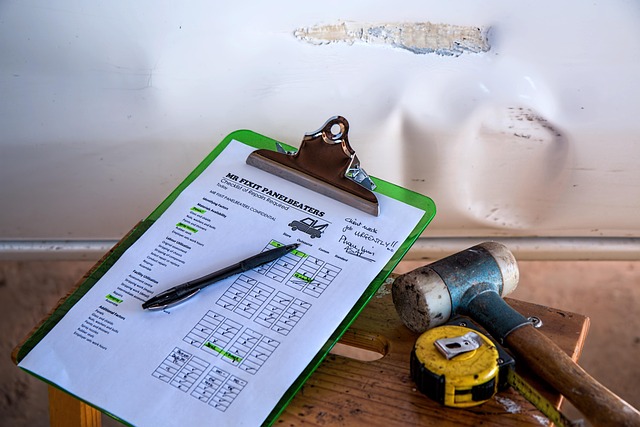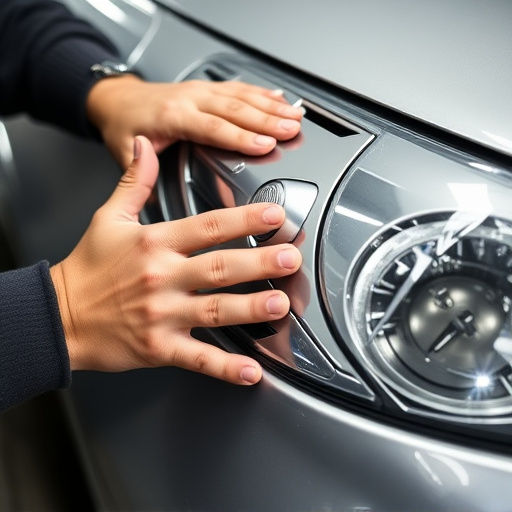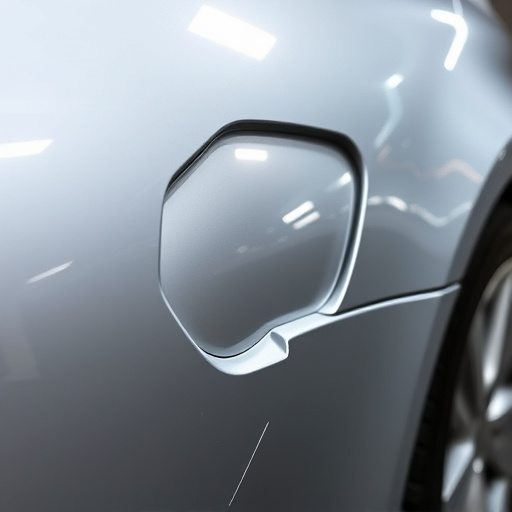Computerized diagnostics repair has revolutionized the automotive industry, offering unprecedented precision and efficiency in vehicle maintenance. By analyzing extensive car data, this technology replaces trial-and-error methods, improving the quality of auto glass repair, collision center services, and overall vehicle body repairs. It empowers non-professionals to identify issues proactively, potentially saving customers money. The future looks bright with advancements like artificial intelligence (AI) and machine learning for predictive maintenance, ensuring a safer, more sustainable automotive sector.
The evolution of computerized diagnostics repair has undeniably transformed the industry landscape. This cutting-edge technology, once a mere concept, has now become an indispensable tool for mechanics and technicians worldwide. By offering precise, efficient, and time-saving solutions, it has revolutionized traditional diagnostic methods.
This article explores the profound impact of this technological advancement, delving into its benefits, innovations, and future potential, shaping a new era in automotive maintenance and repair.
- The Rise of Computerized Diagnostics Repair: A New Era in Technology
- Transforming the Industry: Benefits and Innovations
- Looking Ahead: Future Implications and Continuous Improvement
The Rise of Computerized Diagnostics Repair: A New Era in Technology

The advent of computerized diagnostics repair marked a pivotal moment in the automotive industry’s evolution, ushering in a new era defined by precision and efficiency. This transformative technology has revolutionized how mechanics diagnose and fix vehicle issues, replacing the traditional trial-and-error method with a sophisticated, data-driven approach. With its ability to analyze vast amounts of car data, computerized diagnostics repair offers a level of accuracy and speed unmatched by manual techniques.
This new era in technology has not only enhanced the quality of auto glass repair and collision repair center services but also democratized access to car repair information. Modern vehicles are now equipped with advanced onboard diagnostic systems that communicate directly with specialized software, enabling even non-experts to identify problems. Consequently, customers can proactively address minor issues before they escalate, leading to more proactive maintenance routines and significant cost savings in the long run. The impact of computerized diagnostics repair on car repair services has been profound, reshaping how workshops operate and ensuring a future where vehicle care is smarter, safer, and more accessible.
Transforming the Industry: Benefits and Innovations
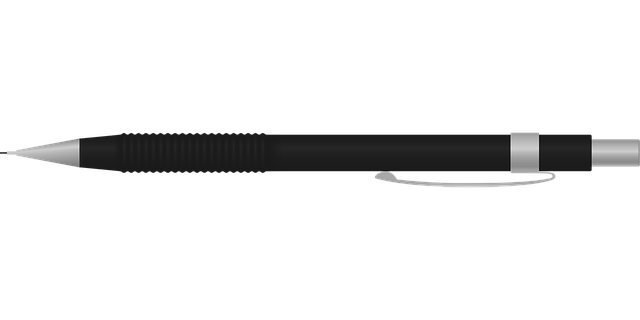
The advent of computerized diagnostics repair has brought about a profound transformation across various industries, particularly in the realm of automotive services. This revolutionary technology has not only streamlined processes but also elevated the standards of vehicle maintenance and repairs. By employing advanced computer systems to analyze and interpret complex data, technicians can now diagnose issues with unprecedented precision and efficiency.
One of the notable benefits is the enhancement of accuracy in car dent repair and auto collision repair. Computers enable detailed assessments, identifying even subtle damage that might be missed by human eye alone. Moreover, it has fostered innovation in vehicle body repair, allowing for more precise and structured techniques. The industry now enjoys faster turnaround times, reduced costs, and improved overall quality, all thanks to the integration of computerized diagnostics repair.
Looking Ahead: Future Implications and Continuous Improvement

As we peer into the future of the automotive industry, it’s evident that computerized diagnostics repair will continue to play a pivotal role in shaping its landscape. The ongoing evolution of technology promises even more sophisticated and efficient diagnostic tools, enabling faster and more accurate identifications of complex issues within vehicle systems. This advancement not only streamlines the repair process but also enhances customer satisfaction by reducing turnaround times and minimizing costly misdiagnoses.
Looking ahead, we can anticipate further integration of artificial intelligence (AI) and machine learning algorithms into diagnostic processes. These technologies will enable predictive maintenance, where vehicles can be proactively monitored for potential issues before they escalate, thus revolutionizing the way auto body work and collision repair center services are delivered. Continuous improvement in computerized diagnostics repair will not only drive technological progress but also foster a safer and more sustainable automotive industry.
Computerized diagnostics repair has undeniably revolutionized the industry, bringing about significant advancements and benefits. As technology continues to evolve, we can expect further improvements in accuracy, efficiency, and accessibility of diagnostic tools. This transformative shift not only benefits businesses but also enhances customer experiences, ensuring a brighter and more tech-driven future for computerized diagnostics repair.
